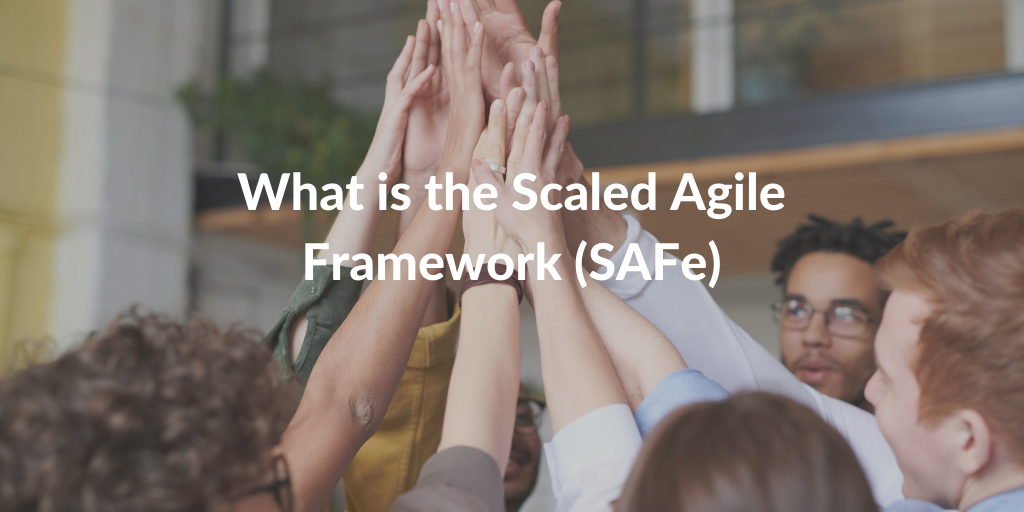The Scaled Agile Framework® is a body of knowledge that includes structured guidance on values, planning and managing, roles and responsibilities. The framework aims to sustain the implementation and scale the use of agile practices at enterprise level. SAFe combines the body of knowledge of Agile, Lean and DevOps.
SAFe is built on values and principles and core competencies. The framework promotes alignment, collaboration and delivery across agile teams. It is designed to offer more flexibility to any agile team and help manage challenges that come with practicing agile.
History of SAFe
The Scaled Agile Framework originates from 2011, when the framework was developed by Dean Leffingwell. Since 2011, the framework has seen six major updates. The current SAFe 6 dates from March 2023.
SAFe aims to help organisations design better systems and software that better meet customers’ changing needed. SAFe has grown with the marketplace and adapts to new and better ways of developing software and systems.
Today SAFe is one of the most popular agile delivery frameworks and has a worldwide community of practitioners that continue to evolve it.
Why SAFe
The Scaled Agile Framework is designed for large organisations. Scaling is only suitable for organisations where several teams work together on delivering a product. SAFe aims to increase coordination of employees and agile teams whilst maintaining value delivery.
It is a general belief that organisations that master business agility are the ones that will thrive, as they are more likely to adapt to their changing environment. Business agility happens when the entire organisation uses agile practices to continually and proactively deliver innovative solutions faster than competitors. The Scaled Agile Framework sustains this objective by;
- Building strong agile teams
- Allowing teams to continually engage with stakeholders
- Continually seeking the alignment of multiple agile teams
- Using best practices of agile, lean and DevOps
- Not surpassing the Scaled Agile Framework values
- Following the core competencies
- Providing quality and a faster time to market
Scaled Agile Framework core values
SAFe has four core values which are:
- Alignment
- Transparency
- Respect for people
- Relentless improvement
Alignment
Alignment must rely on the organisation’s business objectives and cannot lie with agile teams itself, no matter how good the team is. It is important that all teams follow the same objective and are aligned. Especially now that teams are working from different locations and have to keep pace with fast change and disruptive competitive forces.
Transparency
Transparency creates openness and trust. Both are needed to create high-performance teams. SAFe encourages trust-building behaviour, including faster problem solving, real-time visibility and inspect and adapt rituals.
Respect for people
People are the focal point of how enterprises create value with SAFe, so respect for people must be considered in every aspect of the new way of working. Respect for people means valuing diversity of people and opinions, supporting people growth through coaching and mentoring, treating customers and suppliers with respect and empathy.
Relentless improvement
Striving for perfection leads to continuous improvements to products and services. Relentless improvement is built on a series of small iterative and incremental improvements and experiments that enable the organisation to learn its way to the most promising answer to a problem. To build a culture of relentless improvement in a SAFe enterprise is important to create a constant sense of urgency, build a problem-solving culture and to reflect and adapt frequently.
QRP International offers the Leading SAFe certification
Source: © Scaled Agile, Inc.
Continue reading: SAFe Practice Consultant








